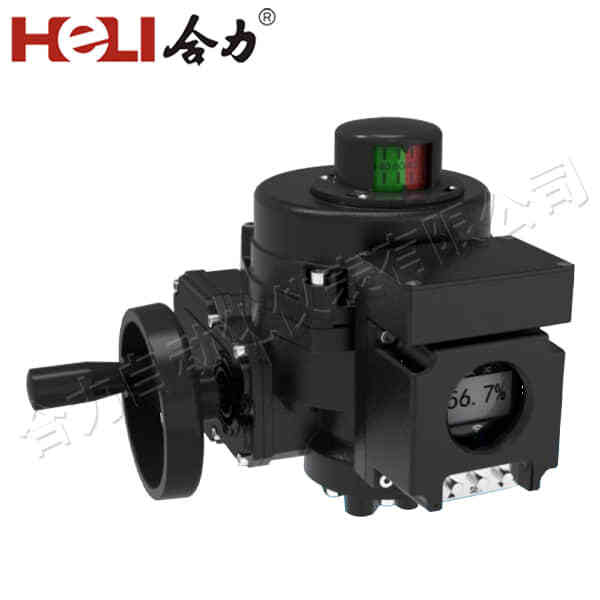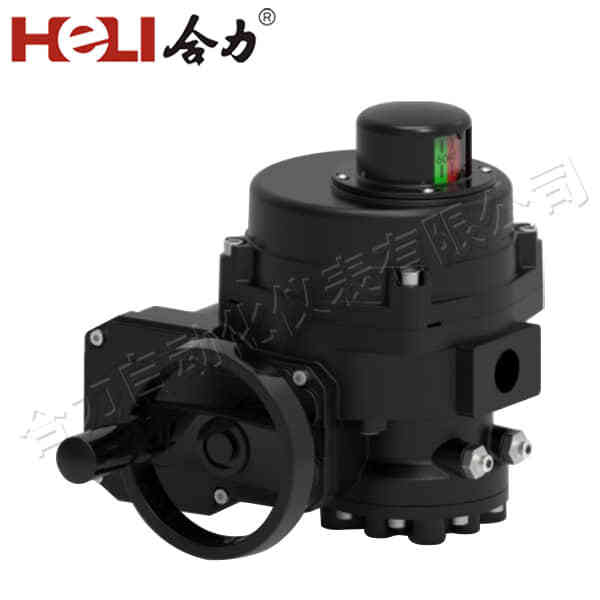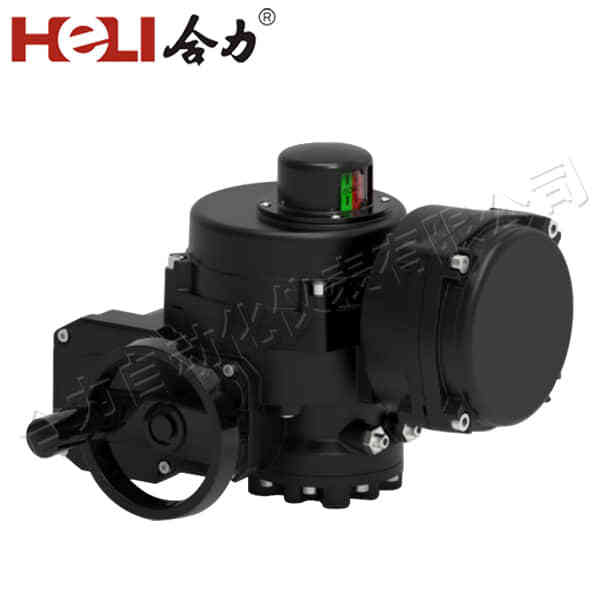Electric actuator valves play a pivotal role in modern automation systems, bridging the gap between mechanical valve control and advanced electronic systems. These devices are crucial in a wide array of industries, from oil and gas to water treatment, HVAC, and chemical processing. As industries increasingly rely on automation to improve efficiency, safety, and precision, electric actuator valves are becoming more essential. This article will explore the function, advantages, and applications of electric actuator valves in modern industrial systems.

What Are Electric Actuator Valves?

An electric actuator valve combines a valve with an electric actuator, which is responsible for controlling the valve’s opening or closing operation based on electrical signals. The actuator is a device that converts electrical energy into mechanical motion, which, in turn, moves the valve stem to regulate the flow of liquids, gases, or steam within a system. The electric actuator can be controlled remotely via various communication protocols, making it an integral part of automated control systems. Unlike pneumatic or hydraulic actuators, which require compressed air or hydraulic fluids to operate, electric actuators rely on electrical power, offering several advantages in terms of reliability, precision, and ease of integration into digital control systems.
